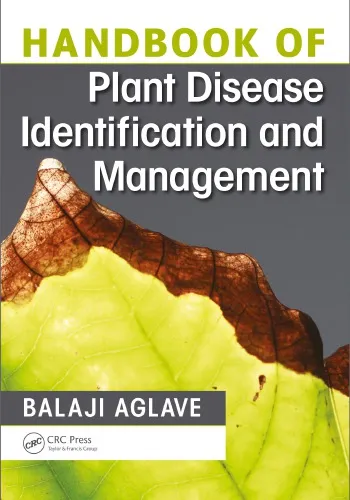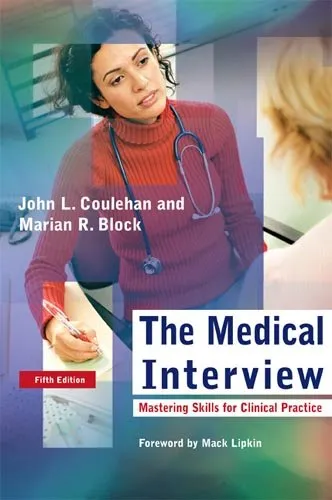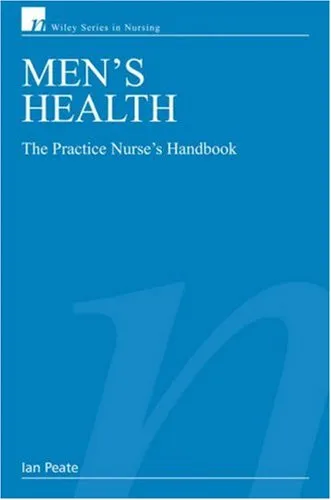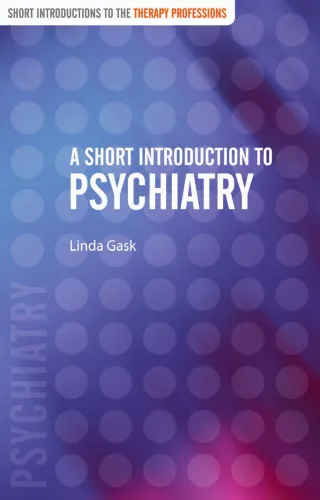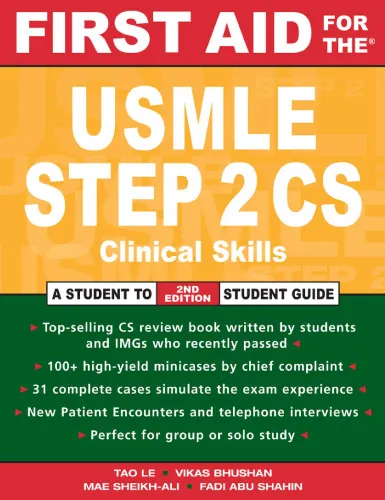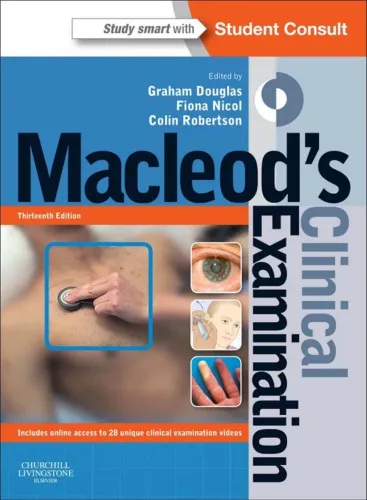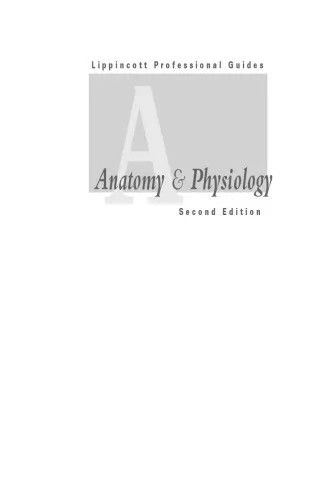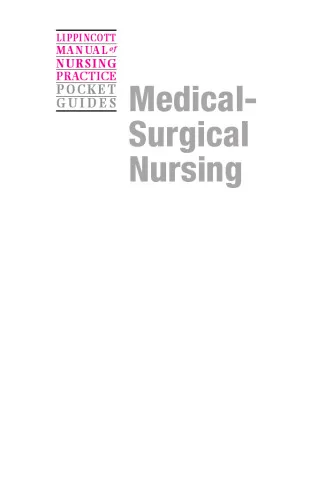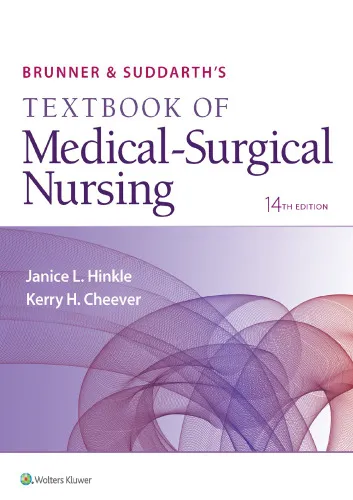Circulation
4.5
Reviews from our users

You Can Ask your questions from this book's AI after Login
Each download or ask from book AI costs 2 points. To earn more free points, please visit the Points Guide Page and complete some valuable actions.Related Refrences:
Analytical Summary
The book Circulationpp.44—50 represents a precise and intensively crafted segment of a larger scholarly work, concentrating on the complex interplay between systemic frameworks and their cyclical dynamics. This focused section is intended for readers who appreciate deep theoretical analysis intertwined with practical implications, making it essential for academics, researchers, and professionals seeking to enrich their understanding of circulation in its conceptual and applied forms.
While the author, Inagaki, K., distills ideas with meticulous care, the content retains a breadth that ensures applicability across multiple domains — from socio-economic systems to biological and environmental cycles. The text combines qualitative and quantitative perspectives, allowing both narrative reflection and data-driven insight to coexist harmoniously.
Notably, this section’s structure provides a scaffold for engaging with earlier and later parts of the complete work, guiding readers through a continuum of thought. Although specific publication details such as the year remain unavailable due to no reliable public source, the layered argumentation and disciplined methodology support the section’s enduring academic value. Whether viewed as a standalone exploration or as part of the larger volume, Circulationpp.44—50 remains an intellectually rigorous contribution to academic discourse.
Key Takeaways
From the detailed exposition in Circulationpp.44—50, certain central insights emerge that emphasize patterns, relationships, and iterative processes fundamental to the subject of circulation.
Firstly, the section underscores how micro-level interactions can influence macro-level outcomes, illustrating feedback loops and their impacts.
Secondly, it highlights the necessity of considering both stability and volatility within any circulating system — a dual perspective enhancing predictive modeling and policy formation.
Thirdly, it proposes an interdisciplinary lens, prompting specialists to integrate perspectives from adjacent fields in order to capture the full complexity of circulation phenomena.
Finally, the analytical tools introduced here are adaptable, fostering application in areas as varied as supply chain design, ecological modeling, and global finance analysis.
Memorable Quotes
Certain statements in this section resonate strongly with readers, encapsulating overarching themes in concise and impactful language.
"The lifeblood of any system is neither static nor chaotic, but in constant negotiation between order and flux." Unknown
"Observation without synthesis is a map without a path." Unknown
"Circulation is not mere movement, but the story told by movement." Unknown
Why This Book Matters
Circulationpp.44—50 holds significance because it advances how circulation is conceptualized and studied, moving beyond static models to embrace adaptive and systemic perspectives.
For scholars, the section offers methodological rigor combined with theoretical depth, serving as a reliable point of reference in academic discourse. For professionals, it extends an invitation to apply these nuanced frameworks to real-world challenges, testing theories against lived realities.
Its emphasis on thematic analysis bridges information silos, enabling cross-pollination of ideas among disparate disciplines. This makes it especially valuable in a world where complex systems intersect and influence one another at an accelerating pace.
Inspiring Conclusion
The intellectual journey through Circulationpp.44—50 is a testament to the enduring relevance of careful observation, analytical clarity, and interdisciplinary thinking. It invites readers to expand their understanding of circulation beyond the surface, and to embrace the nuanced interplay of forces shaping complex systems.
Whether you are an academic seeking to enrich your theoretical toolkit, a professional eager to apply advanced concepts, or a reader committed to lifelong learning, the insights here offer both inspiration and utility. As you turn the final page of this section, consider not only the knowledge gained but also how it might circulate within your own networks and endeavors.
Your next step could be to read and reflect on this work in full, to share its concepts with peers, and to participate in discussions that further enrich the collective understanding of circulation in all its forms.
Free Direct Download
You Can Download this book after Login
Accessing books through legal platforms and public libraries not only supports the rights of authors and publishers but also contributes to the sustainability of reading culture. Before downloading, please take a moment to consider these options.
Find this book on other platforms:
WorldCat helps you find books in libraries worldwide.
See ratings, reviews, and discussions on Goodreads.
Find and buy rare or used books on AbeBooks.

